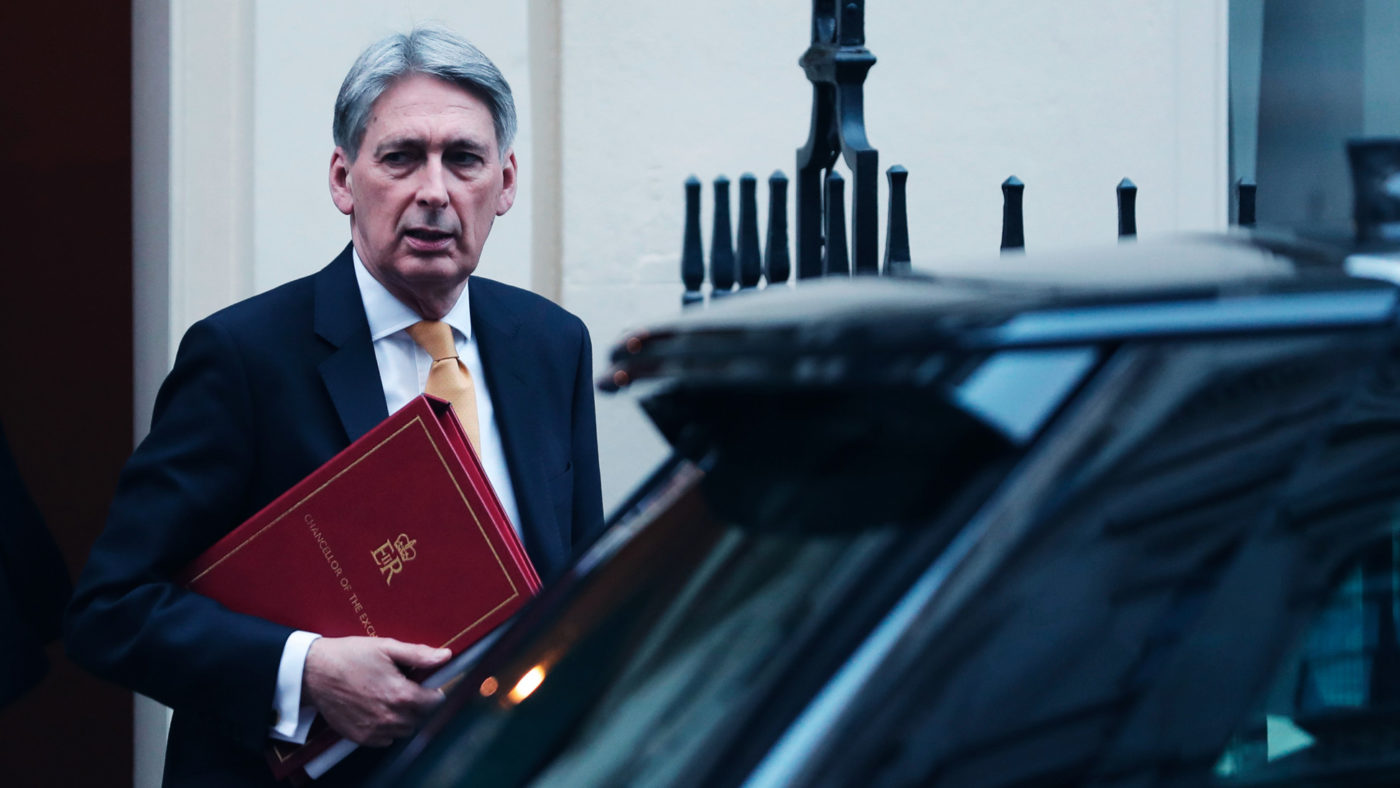Back in November the powers that be decided that Brexit would be terrible, the economy would flatline and, well, disaster. Now that it is February they’ve decided that this won’t happen, and in fact we’re doing just fine. Green shoots of growth can be seen all over our pleasant land and there could even be room for tax cuts. Ah well, since the crash no one’s really had all that much faith in economists:
The Office for Budget Responsibility is set for an embarrassing U-turn as it prepares to dramatically hike forecasts for UK growth just months after they were suddenly downgraded.
The OBR slashed assumptions in November, reining in expected productivity growth and warning that the deficit would rise in this financial year.
However, strong numbers in the intervening period mean economists expect the watchdog to reverse some of that gloom, a move that would shrink the deficit and deliver a £15bn windfall to the Chancellor.
Joyous though it is to be able to parp at those bemoaning the costs of leaving the EU, it’s not the major point to take from this U-turn. Rather, we must understand that detailed management of the economy simply is not possible. We do not, and cannot, have the knowledge necessary to achieve that aim.
Hayek pointed out in his Nobel Lecture that it just is not possible for the centre to gain sufficient knowledge concerning something as complex and chaotic as an economy to be able to plan it in any detail. This includes the impossibility of knowing enough about such aggregates as demand (effective or not), tax revenue, economic activity in general or such interesting numbers as the budget deficit and spending outcomes. The great aim of Keynesian economic management is therefore unachievable.
We can build glorious theories insisting that if the economy slows a little then a bit more spending, or a slightly larger deficit, will make us all richer. Equally, we can use the same theories to insist that inflation can be killed off by a little fiscal tightening. The true test of any theory, though, is what happens when it meets reality – and that’s where the problem lies. Two problems, in fact.
The first is this: that we just don’t know. We cannot know, in fact; reality is simply too messy for us. The second is what happens when we actually try. Try, for example, to spend more money on that glorious infrastructure project as a method of increasing that supposedly inefficient demand. President Obama went out there with $800 billion to try it and found not a single shovel-ready project in the nation after two years of looking. Two years being rather longer than any normal deficiency in demand (even in theory).
The idea doesn’t work because we don’t know when and how much – and even when we have identified a possible problem, we can’t then spend the money anyway. This isn’t a win for theory against the universe.
This is also the failing of modern monetary theory (MMT). In much of what they say they’re right. Yes, fiat money is a government creation, they can make as much as they’d like. Sure, we can view taxation as coming after spending if we’d like. It is true that government can just print more money and spend it – not that this is a new idea, it’s just the monetisation of fiscal policy, something which has brought more than one economy to its knees over the centuries. Henry VIII was perhaps the first example on these isles.
But we still come up against the same knowledge problem; the pretence that we’ve got enough of it. How much money we should print to spend depends upon our knowing all those same things the Keynesians would like to grok – and those things are beyond our ken. What is the level of effective demand? How much is it about to change in the near future? Not knowing these means we cannot issue the appropriate level of new cash. Further, think about the ambition for the killing of inflation. In MMT that’s done by increasing taxes, so that money is in fact being destroyed. Government pulls in more cash than it ships out, exactly akin to the Keynesian restraint of demand by running a budget surplus.
OK, so how much? We fail at that knowledge problem again, do we not? Leave aside whether any politician hoping to be re-elected is actually going to raise taxes just to curb inflation and ponder just that arithmetical point. We’ve not got the information (we’ve got plenty of data, but that is not the same thing at all) to be able to decide. And a policy structure which doesn’t allow us to produce a policy isn’t much use.
We end up where Milton Friedman – and Hayek – accurately put us. We can have some general rules of thumb. An expanding economy needs an expanding money supply, so if we try to have at least some vague relationship between “taxes in” and “spending out”, that’s about as good as we’re going to get in macroeconomics. All of the interesting stuff ends up happening at the level of markets and institutional structures, the microeconomic part of the subject. Simply because that’s where we know quite a lot, while playing with the economy as a whole is where we know we don’t know enough.
If a mere three months means entirely different macroeconomic forecasts, then how the heck can we manage the macroeconomy in any detail?


